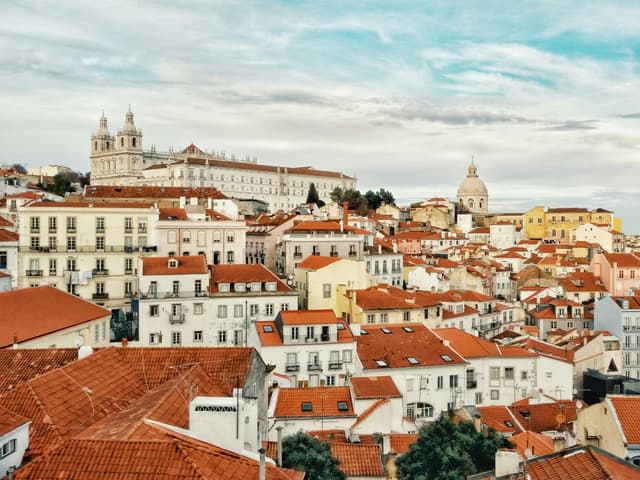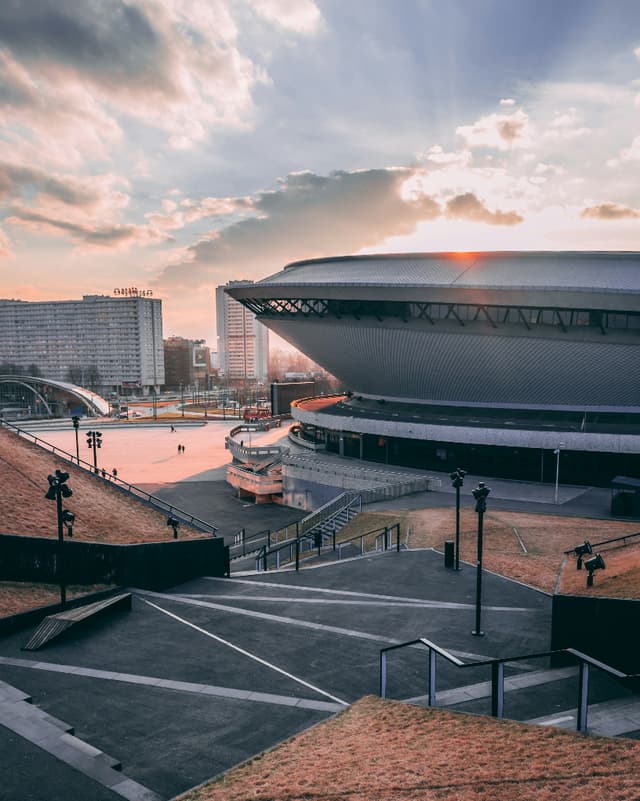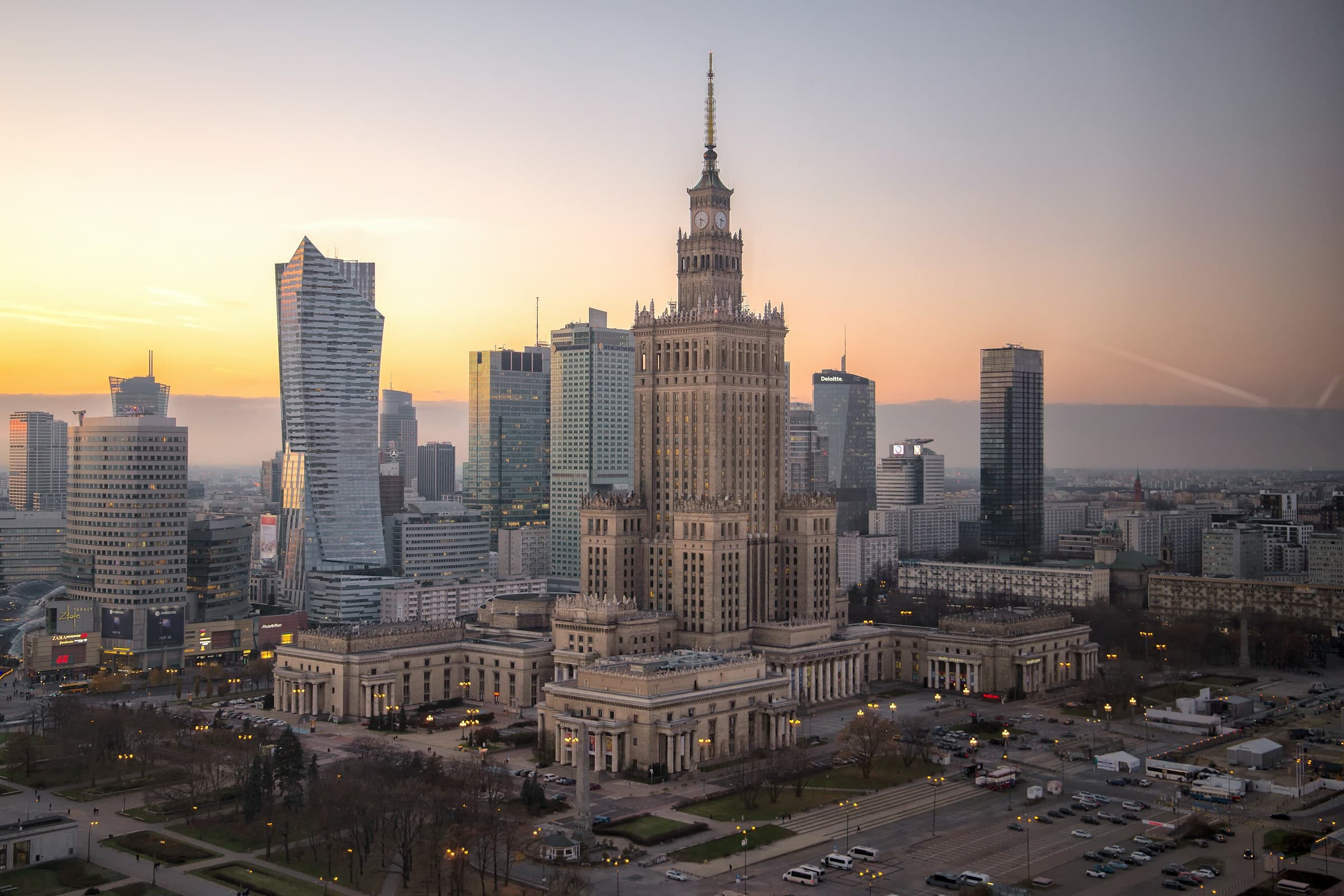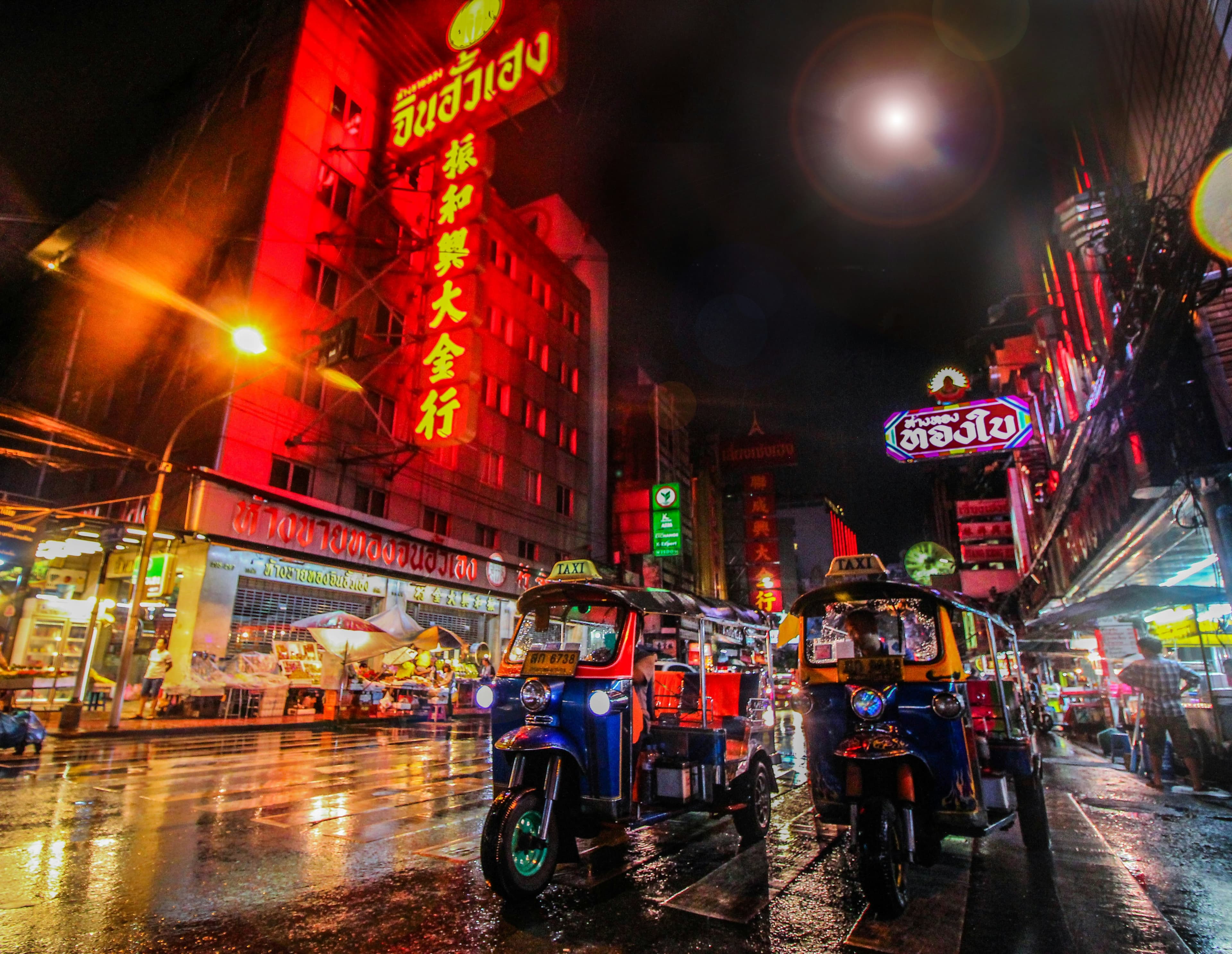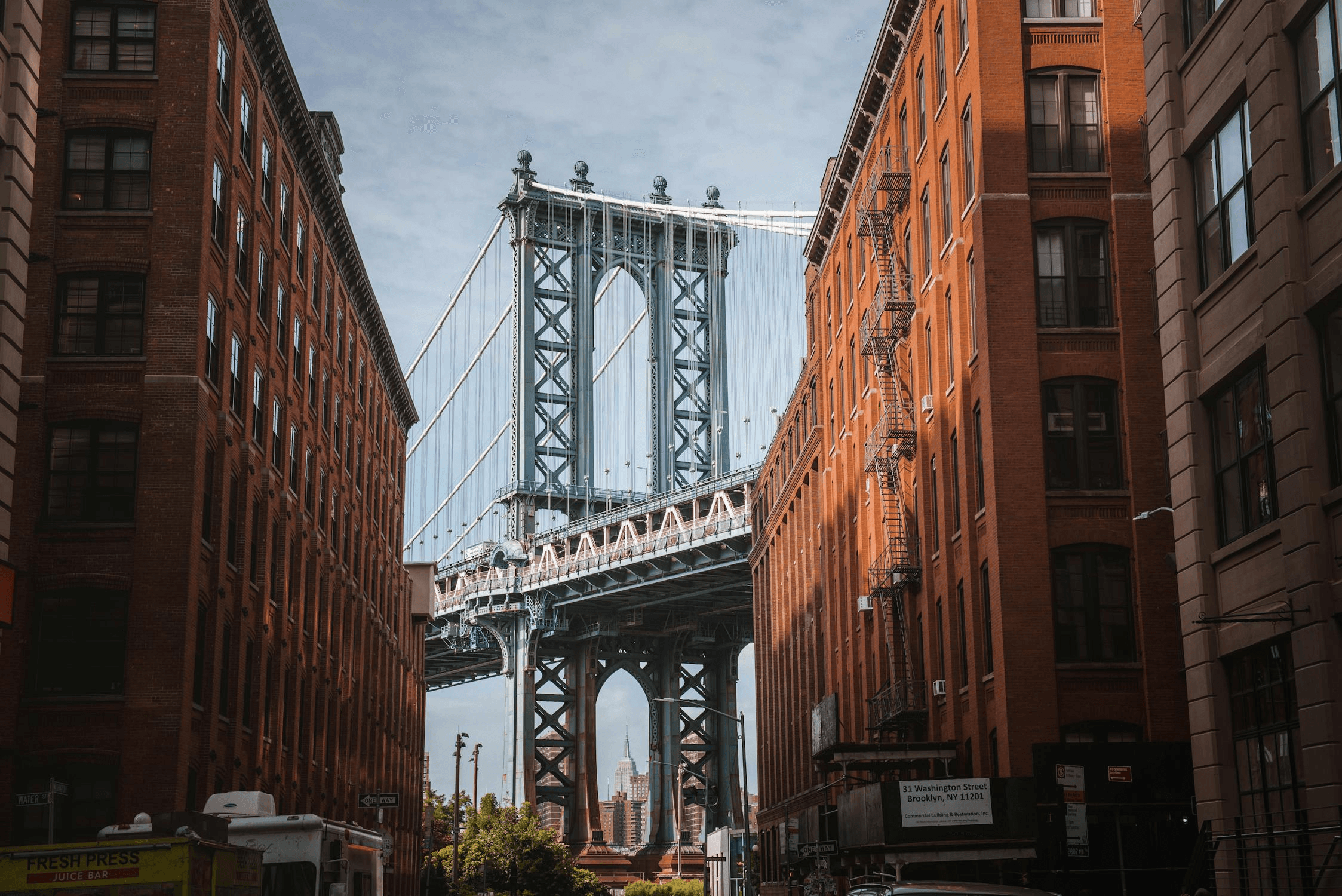Lisbon, Portugal vs. Katowice
Lisbon, Portugal
Lisbon sits on the western edge of Europe, right where the Tagus River meets the Atlantic Ocean. The city is built on a series of hills, which gives it sweeping views of red-tiled rooftops, cobbled streets, and the water beyond. Walking around, you’ll notice how the narrow lanes twist and turn, especially in neighborhoods like Alfama, where clotheslines stretch between buildings and the smell of grilled sardines lingers in the air. It’s a place where old and new blend together. You’ll find trams from the early 20th century rattling through streets, while modern glass buildings rise up in other parts of town. Down by the river, the Belém Tower and Jerónimos Monastery, both from the Age of Discovery, remind you that Portuguese explorers once set out from this very spot. Lisbon gets plenty of sunshine—nearly 3,000 hours a year. Summers are warm and dry, while winters stay cool and damp, but not too cold. Along the riverbanks, locals sit at cafés, sipping coffee or wine, while ferry boat...
Katowice
Katowice is not the first Polish city that comes to mind when people think about travel, but that’s exactly why it’s worth a visit. It’s a city that doesn’t try to impress with postcard-perfect charm. Instead, it tells a story—of industry, transformation, and resilience. Once a coal-mining powerhouse, Katowice was built on the backs of steelworkers and miners. It used to be all about factories, smokestacks, and the hum of heavy machinery. But things changed. Over the past few decades, Katowice has reinvented itself into a modern, creative city that embraces its past without being weighed down by it. The city’s industrial roots are still visible, especially in neighborhoods like Nikiszowiec and Giszowiec—once workers’ settlements, now some of the most atmospheric areas to explore, with red-brick buildings, cobblestone streets, and cafés that mix old-school charm with new energy. Katowice’s skyline tells the story of this transformation. The Spodek—a flying saucer-shaped arena f...
Reviews
Reviewed on 2/25/2025
I loved the weather and the architecture in Lisbon, and how beautiful and hilly it was. On the other hand, I found the food bland and apparently the locals hate digital nomads?
Reviews
Reviewed on 2/28/2025
| Item | Votes | Upvote |
|---|---|---|
| No pros yet, would you like to add one? | ||
| Item | Votes | Upvote |
|---|---|---|
| No cons yet, would you like to add one? | ||
| Item | Votes | Upvote |
|---|---|---|
| First metropolis in Poland | 1 | |
| Unique history | 1 |
| Item | Votes | Upvote |
|---|---|---|
| Air pollution | 1 |
Frequently Asked Questions
Lisbon offers a rich cultural experience with its historic sites, Fado music, and vibrant street art, making it a popular choice for tourists. In contrast, Katowice, while less known, provides a unique cultural narrative rooted in its industrial past and transformation into a creative hub, featuring music festivals and artistic venues. If you prefer a more traditional tourist experience, Lisbon may be better, but for an authentic, off-the-beaten-path cultural experience, Katowice could be more appealing.
Lisbon enjoys a Mediterranean climate with nearly 3,000 hours of sunshine per year, warm summers, and mild winters, making it ideal for outdoor activities year-round. Katowice, on the other hand, has a continental climate with colder winters and more variable weather, which may not be as appealing for those seeking consistent warmth and sunshine. Therefore, if climate is a significant factor for you, Lisbon is likely the better choice.
Lisbon is known for its seafood and traditional Portuguese dishes, although some visitors have found the food to be bland. Katowice, while not as famous for its cuisine, offers a mix of traditional Polish food and modern culinary experiences, reflecting its industrial heritage. If you prioritize a diverse and vibrant food scene, Lisbon may have the edge, but Katowice offers a unique taste of Polish culture that could be worth exploring.
Lisbon's coastal location and numerous parks provide ample opportunities for outdoor activities, including walking along the river, enjoying beach days, and exploring green spaces. Katowice, despite its industrial background, is also one of Poland's greenest cities, with parks and lakes nearby, making it suitable for outdoor enthusiasts. However, Lisbon's climate and coastal access generally offer more diverse outdoor options, making it the preferable choice for those seeking outdoor activities.
Lisbon, Portugal is known for its stunning views, historic architecture, and vibrant culture. The city is characterized by its red-tiled rooftops, cobbled streets, and a blend of old and new, featuring both traditional trams and modern buildings. Key attractions include the Belém Tower and Jerónimos Monastery, which reflect its rich maritime history. Lisbon also boasts a mild climate, with nearly 3,000 hours of sunshine a year, making it a popular destination for tourists.
Pros of living in Lisbon include its beautiful scenery, rich cultural heritage, and a relaxed lifestyle. The city offers a variety of activities, from enjoying Fado music to exploring vibrant markets. Additionally, Lisbon has a well-connected public transport system, making it easy to navigate. However, cons include rising living costs driven by tourism and expats, and some locals may have negative feelings towards digital nomads, which can affect the sense of community.
Lisbon enjoys a Mediterranean climate with warm, dry summers and cool, damp winters. The city receives nearly 3,000 hours of sunshine annually, making it an attractive destination for those who enjoy sunny weather. Summer temperatures can be quite warm, while winter temperatures remain mild, rarely dropping to extreme lows.
The food scene in Lisbon is diverse and vibrant, featuring a mix of traditional Portuguese dishes and modern culinary influences. While many visitors enjoy the local cuisine, some reviews suggest that certain dishes can be bland. Seafood, particularly grilled sardines, is a highlight, especially during local festivals. However, experiences may vary, and some locals reportedly have mixed feelings about the influx of digital nomads affecting the food culture.
Lisbon offers a rich cultural experience, with Fado music echoing from small bars, vibrant street art, and lively markets filled with fresh produce and seafood. The city celebrates various festivals, such as Saint Anthony’s festival in June, which features street parties, music, and plenty of grilled sardines. Visitors can immerse themselves in the local culture through these experiences, making Lisbon a unique destination.
The pros of Katowice include its status as the first metropolis in Poland and its unique history, showcasing a transformation from an industrial powerhouse to a modern creative city. However, a notable con is the air pollution that can affect the city's environment.
Katowice is known for its rich industrial history, having been a coal-mining powerhouse. It has transformed into a modern city that embraces its past while offering cultural attractions like the National Radio Symphony Orchestra and the Silesian Museum. Additionally, it is recognized as a UNESCO City of Music, hosting various music festivals.
Visitors to Katowice can expect to see a blend of historical and modern architecture, including the iconic Spodek arena and the Cultural Zone. The city also features atmospheric neighborhoods like Nikiszowiec and Giszowiec, as well as green spaces such as Dolina Trzech Stawów and Silesian Park.
Yes, Katowice is an excellent destination for music lovers. It is a UNESCO City of Music and hosts a variety of music events, including underground jazz clubs and renowned electronic festivals like OFF Festival and Tauron Nowa Muzyka.
Katowice has transformed from an industrial city focused on coal mining and steel production to a modern, creative hub. This transformation is evident in its skyline, which features both historical and contemporary architecture, and in its cultural offerings that celebrate both its industrial heritage and modern artistic expressions.
